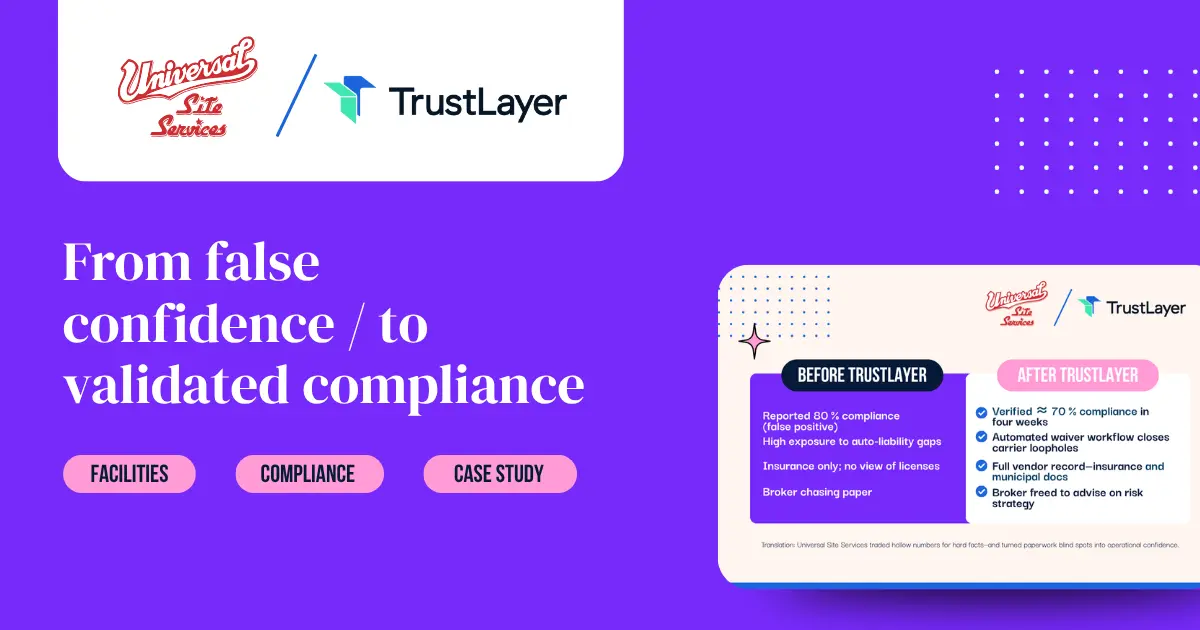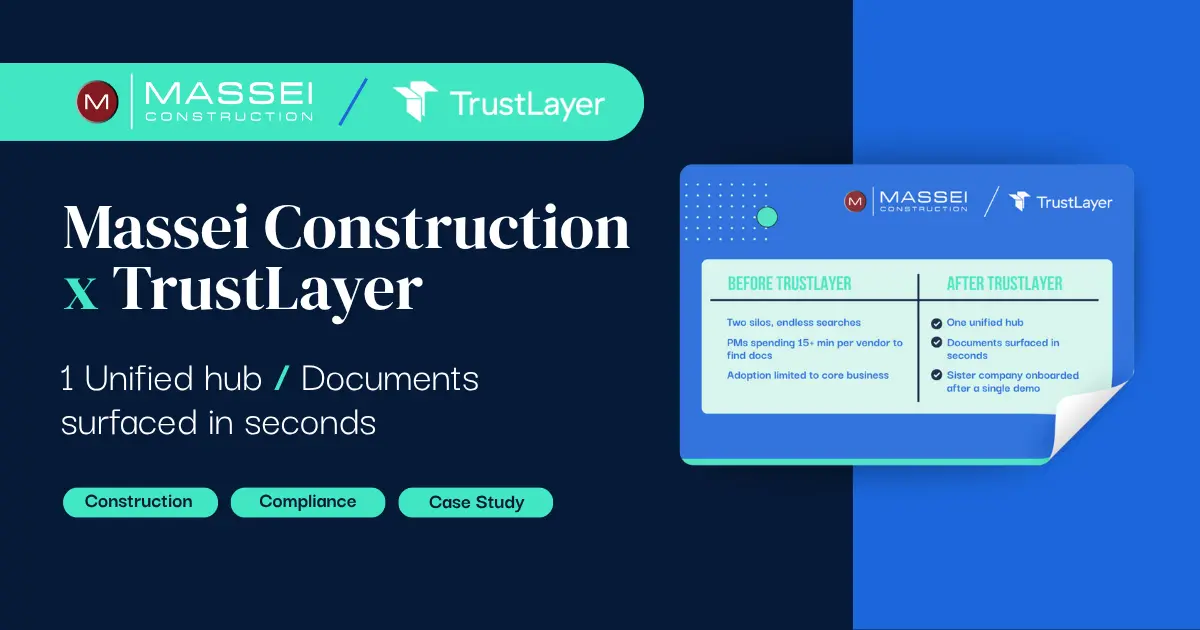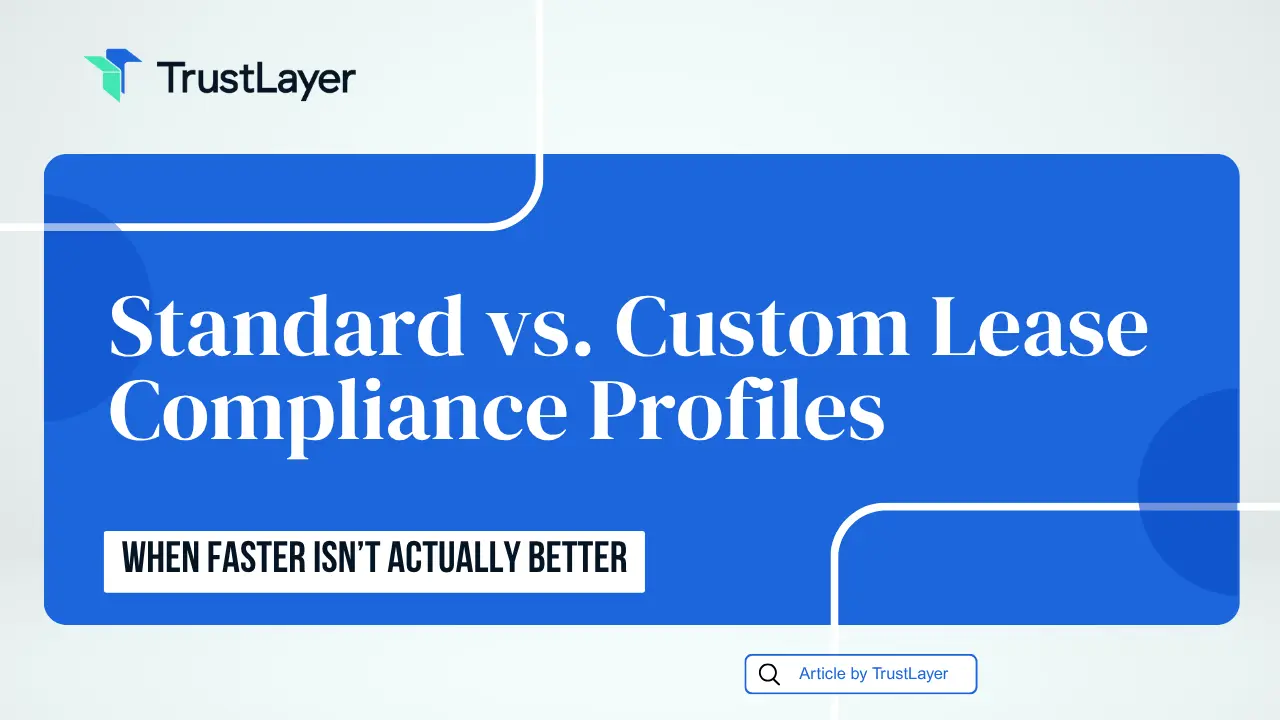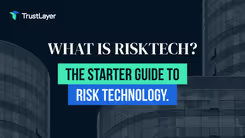The Basics Of Certificate Of Insurance Tracking
In the business world, ensuring that all parties are adequately protected is crucial. One of the key components of this protection is the Certificate of Insurance (COI). This document serves as proof that a business holds certain types of insurance coverage. However, simply obtaining a COI isn't enough; tracking these certificates is essential for risk management and compliance. This article explores the fundamentals of Certificate of Insurance tracking, its significance, and best practices for effective management.
What is a Certificate of Insurance?
A Certificate of Insurance is a document that provides evidence of insurance coverage. It outlines the types of insurance a business holds, the coverage limits, and the effective dates of the policies. Typically, this certificate is issued by an insurance company or agent and is often required by clients or partners before engaging in business.
COIs are commonly used in various industries, including construction, real estate, and event planning. They serve as a safeguard, ensuring that all parties involved are protected against potential liabilities. For instance, a contractor may be required to provide a Certificate of Insurance (COI) to a property owner before commencing work, ensuring that any accidents or damages are covered by insurance. Additionally, many venues require event organizers to present a Certificate of Insurance (COI) to confirm that they have liability coverage in the event of accidents during the event, thereby protecting both the venue and the attendees.
Key Components of a COI
Understanding the key components of a Certificate of Insurance is essential for effective tracking. A typical COI includes the following elements:
- Insured Party: The name and address of the individual or business that holds the insurance policy.
- Insurance Provider: The name of the insurance company that issued the policy.
- Coverage Types: Details about the types of insurance coverage, such as general liability, workers' compensation, and auto insurance.
- Policy Limits: The maximum amount the insurance company will pay for a covered loss.
- Effective Dates: The start and end dates of the coverage period.
- Additional Insured: Any additional parties that are covered under the policy.
Moreover, a COI may also include endorsements or special provisions that outline specific terms or conditions of the coverage. For example, some policies may consist of a waiver of subrogation, which prevents the insurance company from seeking reimbursement from a third party after a claim has been paid. This is particularly important in construction contracts involving multiple parties, as it helps clarify responsibilities and reduces potential disputes. Additionally, understanding the nuances of a COI can be crucial for businesses, as it not only protects them from financial loss but also enhances their credibility in the eyes of clients and partners.
Why is COI Tracking Important?
COI tracking is crucial for several reasons. First and foremost, it helps mitigate risk. By ensuring that all contractors, vendors, and partners have valid insurance coverage, businesses can protect themselves from potential liabilities. If an incident occurs and a party lacks adequate insurance, the financial burden may fall on the company that hired them. This is particularly important in industries where the stakes are high, such as construction or healthcare, where accidents can lead to severe financial repercussions and reputational damage.
Moreover, tracking COIs is often a requirement for compliance with industry regulations or contractual obligations. Many organizations require their partners to provide proof of insurance, ensuring they operate within legal and industry standards. Failure to comply can lead to penalties, project delays, or even legal disputes. In specific sectors, such as finance or pharmaceuticals, the consequences of non-compliance can be even more severe, potentially resulting in the loss of licenses or significant fines that could jeopardize the business's future.
Maintaining Good Relationships
In addition to risk management and compliance, effective COI tracking can help maintain good relationships with partners and clients. By demonstrating diligence in verifying insurance coverage, businesses build trust and credibility. This proactive approach can lead to more successful collaborations and a positive reputation within the industry. When companies demonstrate that they take their responsibilities seriously, they cultivate an environment of transparency and reliability, which can be especially beneficial in competitive markets where every advantage matters.
Furthermore, maintaining accurate COI records can streamline communication and reduce misunderstandings between parties. When all stakeholders are aware of each other's insurance statuses, it minimizes the chances of disputes arising from miscommunication. This clarity can enhance project efficiency and lead to smoother operations, as everyone involved can focus on their tasks without worrying about unforeseen liabilities. In essence, robust COI tracking not only safeguards a business but also nurtures a collaborative spirit that can drive innovation and success across projects.
Best Practices for COI Tracking
Implementing best practices for tracking Certificates of Insurance can streamline the process and enhance overall efficiency. Here are some strategies to consider:
1. Centralized Documentation
Establishing a centralized system for storing COIs can significantly improve tracking efforts. Whether it’s a digital platform or a physical filing system, having all certificates in one location makes it easier to access and manage them. This centralized approach also ensures that all relevant team members can quickly access the information they need. Additionally, utilizing cloud-based solutions can enhance collaboration among teams, allowing for real-time updates and access from multiple locations. This flexibility is particularly beneficial for organizations with remote workers or multiple offices, as it ensures that everyone is on the same page regarding insurance status.
2. Set Expiration Alerts
One of the most critical aspects of COI tracking is monitoring expiration dates. Setting up alerts or reminders for when certificates are about to expire can prevent lapses in coverage. Many organizations use project management tools or calendar applications to automate these reminders, allowing teams to request updated certificates from vendors or partners proactively. Furthermore, integrating these alerts with a comprehensive risk management strategy can provide insights into potential vulnerabilities, enabling businesses to address issues before they escalate. This proactive approach not only safeguards the organization but also fosters stronger relationships with partners by demonstrating a commitment to compliance and risk mitigation.
3. Regular Audits and Reviews
Conducting regular audits of COIs can help identify any gaps in coverage or compliance. By periodically reviewing certificates, businesses can ensure that all partners maintain adequate insurance levels. This practice not only protects the organization but also reinforces the importance of insurance among partners and vendors. Moreover, establishing a routine for these audits can create a culture of accountability and transparency, encouraging all parties to prioritize their insurance obligations. Engaging legal or compliance experts during these reviews can also provide additional assurance that all documentation meets industry standards and regulatory requirements, further minimizing risk for the organization.
Challenges in COI Tracking
While tracking Certificates of Insurance is essential, it is not without its challenges. Understanding these obstacles can help businesses develop strategies to overcome them.
1. Volume of Certificates
For organizations that work with numerous contractors or vendors, the sheer volume of COIs can be overwhelming. Managing hundreds or even thousands of certificates can lead to confusion and potential oversight. Implementing a robust tracking system can help mitigate this issue, ensuring that no certificate goes unnoticed. Additionally, utilizing automated software solutions can significantly reduce the manual workload, allowing teams to focus on more strategic tasks. Such systems can also provide alerts for upcoming expirations, ensuring that renewals are handled promptly and that compliance is maintained without constant manual checks.
2. Variability in Certificate Formats
Certificates of Insurance can vary significantly in format and content, depending on the issuing insurance company. This variability can complicate the tracking process, as different formats may contain different information. Standardizing the information required from partners can help streamline the review process and facilitate a more straightforward comparison of certificates. Furthermore, training staff to recognize and interpret various certificate formats can enhance their ability to spot discrepancies or gaps in coverage. Developing a centralized repository for COIs where all certificates are stored in a uniform format can also aid in quick retrieval and analysis, facilitating better decision-making.
3. Keeping Up with Changes
Insurance policies can change frequently, and businesses must stay informed about any modifications that may affect coverage. This includes changes in policy limits, coverage types, or the insured parties themselves. Establishing clear communication channels with partners can help ensure that any changes are promptly reported and documented. Regularly scheduled reviews of COIs can also be beneficial, allowing businesses to address any discrepancies or lapses in coverage proactively. Moreover, fostering a culture of transparency with vendors regarding insurance requirements can lead to more reliable partnerships, as both parties understand the importance of maintaining adequate coverage throughout their engagements.
Leveraging Technology for COI Tracking
In today’s digital age, leveraging technology can significantly enhance Certificate of Insurance tracking. Various software solutions are available that can automate and simplify the tracking process. These tools can help businesses manage their certificates more efficiently, reducing the risk of errors and oversight. With the increasing complexity of compliance requirements, having a robust system in place is not just a convenience but a necessity for organizations aiming to mitigate risks associated with insurance documentation.
1. COI Management Software
Dedicated COI management software can streamline the entire tracking process. These platforms often include features such as automated reminders, centralized document storage, and reporting capabilities. By utilizing such tools, businesses can save time and resources while ensuring compliance and risk management. Moreover, many of these software solutions offer customizable templates that can be tailored to meet specific industry needs, allowing users to generate certificates that adhere to regulatory standards without the need for manual adjustments.
2. Integration with Existing Systems
Integrating COI tracking software with existing project management or accounting systems can further enhance efficiency and productivity. This integration enables seamless data sharing and reduces the need for manual entry, thereby minimizing the risk of errors. Additionally, it provides a comprehensive view of all relevant information in one place. For instance, when a new contractor is onboarded, their insurance details can be automatically populated into the system, ensuring that all stakeholders have access to the most current information without the need for repetitive data entry.
3. Cloud-Based Solutions
Cloud-based COI tracking solutions offer flexibility and accessibility. Teams can access certificates from anywhere, making it easier to manage documents on the go. Furthermore, cloud storage ensures that documents are securely backed up and protected against data loss. This is particularly beneficial for companies with remote teams or multiple locations, as it allows for real-time updates and collaboration. Additionally, many cloud solutions come equipped with advanced security features, such as encryption and multi-factor authentication, which help safeguard sensitive information from unauthorized access.
4. Mobile Applications
In addition to cloud-based solutions, mobile applications for COI tracking are gaining popularity. These apps enable users to upload, view, and manage certificates directly from their smartphones or tablets, providing unparalleled convenience and ease of use. For field teams, this means they can verify insurance coverage on-site, ensuring compliance before work begins. Many mobile applications also enable instant notifications and alerts, keeping users informed of upcoming expirations or required updates, thereby preventing lapses in coverage that could lead to costly liabilities.
5. Analytics and Reporting
Another significant advantage of utilizing technology for COI tracking is the ability to harness analytics and reporting features. Advanced COI management systems can generate detailed reports that provide insights into insurance coverage trends, compliance status, and potential gaps in coverage. By analyzing this data, businesses can make informed decisions about risk management and insurance procurement, ultimately leading to better financial outcomes. These insights can also help identify patterns that indicate the need for additional training or policy adjustments within the organization, fostering a culture of proactive risk management.
Conclusion
Certificate of Insurance tracking is a vital aspect of risk management and compliance in today’s business environment. By understanding the importance of COIs, implementing best practices, and leveraging technology, organizations can ensure that they are adequately protected against potential liabilities. As businesses continue to navigate complex relationships with contractors and vendors, effective COI tracking will play a crucial role in fostering trust and ensuring successful collaborations.
Ultimately, maintaining a proactive approach to Certificate of Insurance tracking not only safeguards businesses but also contributes to a more secure and responsible working environment for all parties involved. By prioritizing this aspect of risk management, organizations can focus on what truly matters: growth, innovation, and success.
Ready to elevate your Certificate of Insurance tracking to the next level? TrustLayer is the best-in-class COI tracker designed for the modern risk manager. With TrustLayer, hundreds of thousands of companies have transformed the cumbersome, manual process of verifying compliance documents into a streamlined, automated system. Say goodbye to the administrative burden of paper, phone calls, and time-consuming tasks. Embrace the future of risk management with TrustLayer's innovative technology, built in collaboration with industry experts from carriers to brokers. Join the forward-thinking professionals who are adopting best practices. Don't let legacy processes hold you back. Schedule a time to talk with our team and discover how TrustLayer can help you save time and money, ensuring your business relationships are built on verified trust.
















